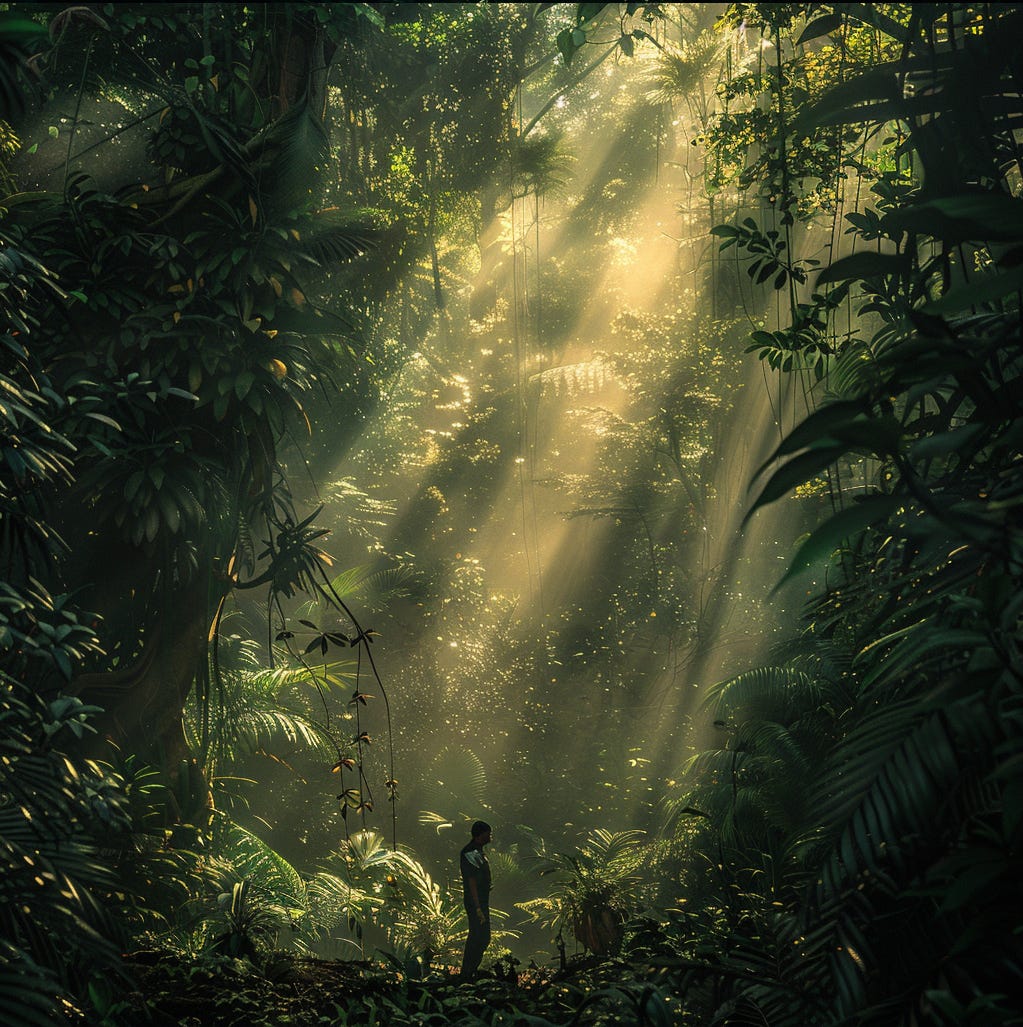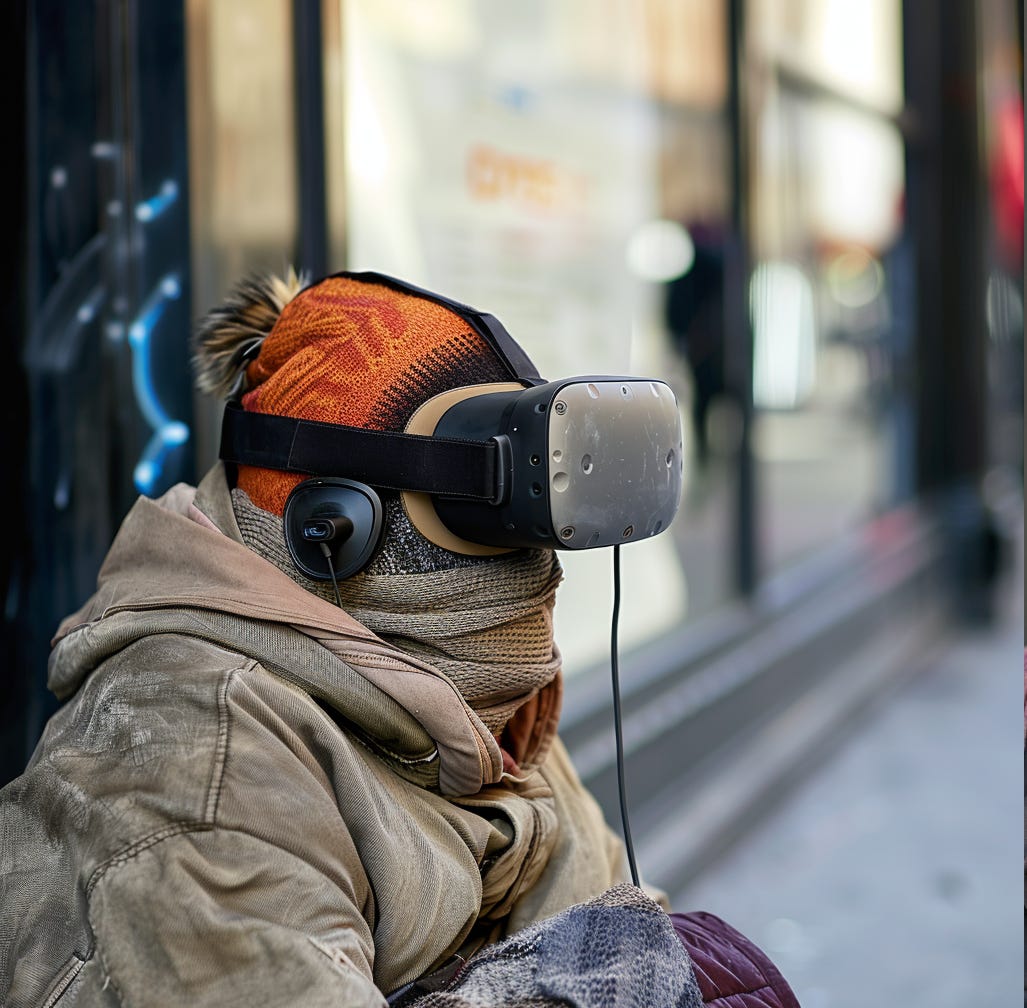REALITY AS A LUXURY ITEM
In a world increasingly dominated by virtual experiences and digital interactions, "reality" as a tangible, accessible concept is becoming a premium commodity.
The pervasive reach of social media, the virtually free culture of music and films, and the advent of immersive technologies like AI, the metaverse, and virtual reality platforms such as Apple Vision, are creating a dichotomy between the virtual and the real. This shift posits a future where genuine, unmediated experiences become the preserve of the affluent, leaving the rest of us to navigate a simulacrum of existence.
Digital Divergence
The proliferation of social media has fundamentally altered our perception of reality. Platforms like Instagram and TikTok curate a hyperreal aesthetic; a glossy, edited version of life that blurs the lines between the authentic and the artificial. These digital spaces offer a form of escapism that is both seductive and deceptive, shaping our desires and expectations. As we scroll through these hyper-addictive feeds, the immediacy and authenticity of real-life experiences seem less appealing, more cumbersome, and, concurrently, more expensive.
Devaluation of the Material
The economic model of the digital age has led to a devaluation of material culture. Music, once a physical commodity bought and owned, is now streamed, its value diluted in the endless expanse of the internet. Films and books, too, have been swept into this current, available at the click of a button. This shift has democratized access to cultural products but at the cost of transforming them into disposable entities.
The Cost of Authenticity
Conversely, the cost of authentic, unmediated experiences has soared. Foreign travel, live concerts, and even simple outdoor activities have become increasingly expensive, burdened by the economic pressures of a globalized world. The price of "being there" in person, of experiencing the world directly rather than through a screen, is rising steadily. This trend is creating a socio-economic divide where only the wealthy can afford the luxury of real experiences, while the majority are left to live vicariously through digital proxies.
The Allure of the Virtual
The allure of virtual worlds lies in their ability to simulate reality without its inconveniences and expenses. Technologies like VR and the metaverse promise immersive experiences that are indistinguishable from the real. These virtual spaces are becoming more sophisticated, offering not just entertainment but also opportunities for social interaction, education, and even employment. As these experiences become more integrated into our daily lives, the boundary between the virtual and the real becomes increasingly porous.
The Future of Reality
The trajectory we are on suggests a future where reality, in its most unadulterated form, becomes a luxury item. The rich will roam the world, engage in authentic experiences, and indulge in the physicality of existence, while the rest of us inhabit a world of digital simulations. This divide could lead to a societal stratification based on access to reality, with the virtual world serving as a mere shadow of the genuine experiences that money can buy.
To counter this trend, we must reevaluate our relationship with technology and the digital world, seeking a balance that preserves the essence of the real in our increasingly virtual lives. Only then can we hope to prevent reality from becoming an exclusive, elusive commodity, out of reach for the majority.




